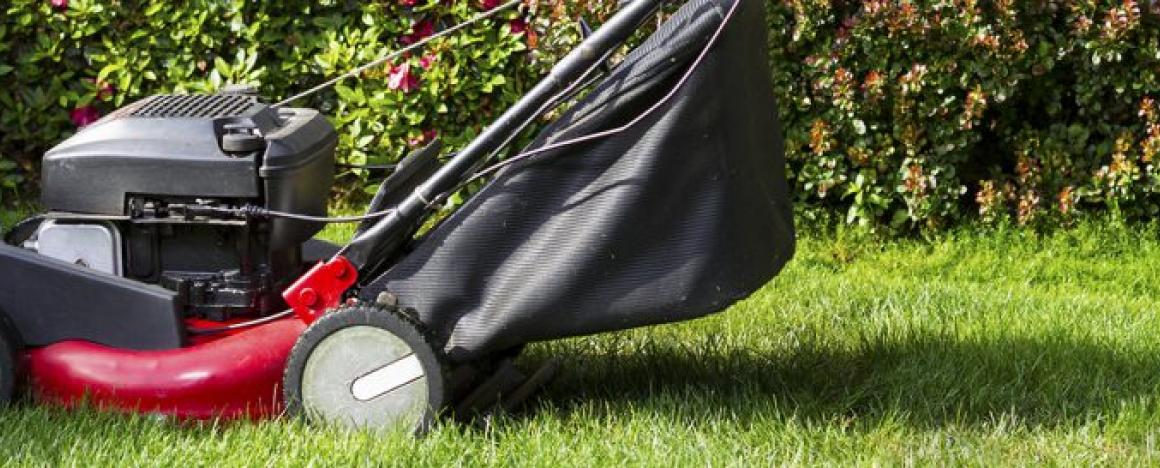Yardwork Considerations

While performing yardwork, there are several things you can do to help wildlife babies, particularly in the Spring. The following guidelines will help keep wildlife families safe and together:
- The single most important thing you can do to protect wildlife when trimming trees and bushes is to LOOK BEFORE YOU CUT. Large birds’ nests are large and visible, but the majority of songbird nests are small and camouflaged. You may not see nests until it’s too late.
- If you MUST trim during Spring and Summer, hire arborists, landscapers and tree trimmers who are “wildlife-friendly” and concerned with the health of your trees and the birds and squirrels that nest in them.
- Keep trees healthy! The best time to prune and trim is when trees and bushes are dormant, coincidentally it also avoids the disruption of the active nesting season! Proper trimming keeps trees and shrubs healthy and improves wildlife habitat.
- If you see a new or occupied nest, consider postponing your pruning until the young are grown. Remember to check for nests in any wooded debris or in dead trees before removal, as they can be prime nesting spots.
- If you disturb a nest, place it securely back in the tree or shrub that it came from. If the nest is too damaged to return, but the eggs are intact or the babies are alive, place the nest in a small box with holes for drainage (avoiding berry baskets, as little legs could get caught in the mesh). Secure the container to the tree as close to the original location as possible. Then, watch from a distance to see if the parents return. This could take several hours, so please be patient. If the parents do not return, and the nest has babies, keep them warm, dark and quiet and contact the nearest wildlife rehabilitator.
Other Home Improvements You Can Do To Protect Wildlife Families
- Repair holes in your attics, under decks and anywhere where wildlife can get in and potentially build nests for their babies.
- “Know before you mow.” Please check high grass and other potential ground nesting areas before you mow your grass. Bunnies, in particular, like to nest in high grass.
- Check for turtles, salamanders and other amphibians and reptiles before raking wet leaves or using a leaf blower.
- If you must fertilize, please use organic and natural fertilizers. Many local garden centers offer these options.
- Avoid using bug zappers, as it kills insects that are a source of food for many birds and their babies.
- Keep your pets on a leash.
- Keep your cats indoors. This is not only healthier for wildlife, but the cat as well.
- Unless obviously in distress, please leave wildlife babies ALONE. It is tempting to want to “rescue” them, however many times well-intentioned humans actually disrupt a normal wildlife family situation. Many mother animals leave their babies for periods of times, either to gather food or discourage predators from finding their babies.
Sources:
http://www.planetaid.org/blog/watch-out-for-wildlife
http://www.humanesociety.org/animals/resources/tips/spring_cleaning.html
More Resources
We have written and collected information regarding wildlife and wildlife issues you may encounter to help you better understand interacting and helping wildlife in your area.